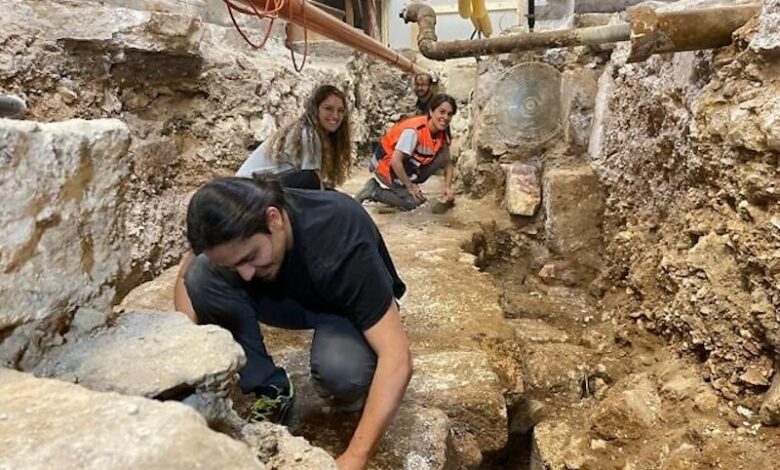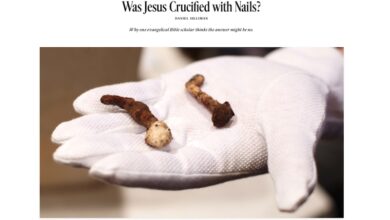Ancient Garden Discovery Confirms Biblical Account of Crucifixion

Ancient Garden Discovery Confirms Biblical Account at Holy Sepulchre
As Good Friday approaches, Christians remember the words of John 19:41; “Now in the place where he was crucified there was a garden, and in the garden a new tomb in which no one had yet been laid.”
Evidence of such an ancient garden have been uncovered by archaeologists excavating beneath the Church of the Holy Sepulchre in Jerusalem. Biblical archaeologists and historians believe the church sits on the site where Jesus crucified and was buried and it continues to be a major pilgrimage site. The discovery of 2,000-year-old olive trees are believed to reflect biblical accounts.
Francesca Stasolla, an archaeology professor at the Sapienza University of Rome, confirmed the findings with Fox News. She said the proof of the ancient garden came in the form of seeds and pollen.
“The archaeobotanical findings have been especially interesting for us in light of what is mentioned in the gospel of John, whose information is considered written or collected by someone familiar with Jerusalem at the time,” she said. “These cultivated fields” were identified between Calvary and the tomb.
TOUR WITH US: Steps of Jesus Israel Tour in November 2025
Although the precise age of the organic material has yet to be determined, Stasolla said the pollen and seeds date back “in between the use of the quarry and the Roman age, when the area had a funerary use.”
“Agricultural areas and tombs” replaced the quarry as it was gradually abandoned, she said. “This must have been what it looked like in the first century A.D.”
Some artifacts that have been found at the site so far date all the way back to the Iron Age. Ancient pilgrimage location describes the area’s status since the fourth century.
“Ceramics, metals, glass… [all] document both the occupation of the area and the presence of believers and pilgrims,” Stasolla said. “A strategic excavation” is how she described this significant research.
The excavation, first reported by the Times of Israel, is the first major restoration project at the church in nearly two centuries.
–Dwight Widaman






